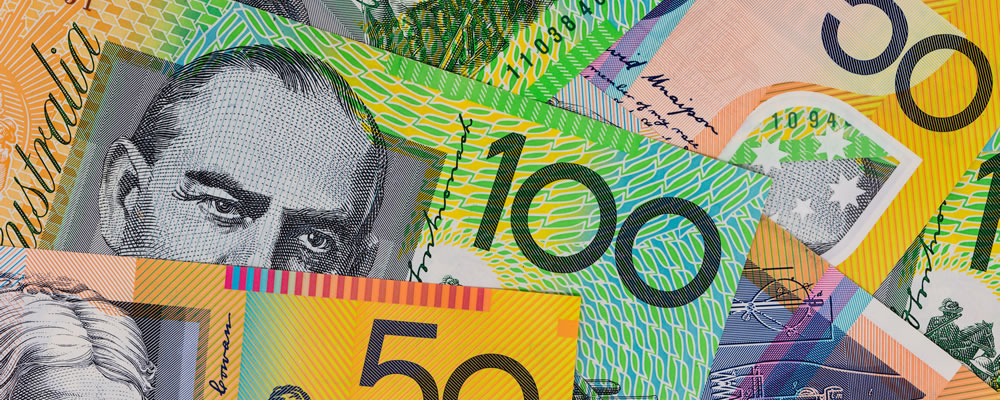Euro Australian Dollar Exchange Rate Struggles to Hold Near Weekly Best Levels
Despite slight market aversion to risk-correlated currencies, the Euro Australian Dollar (EUR/AUD) exchange rate’s gains remain limited. Investors are hesitant to buy the Euro much amid concerns that the Eurozone is in for more coronavirus restrictions.
Last week saw EUR/AUD trend with a largely downside bias after opening the week at the level of 1.5404. However, the pair ended the week a little higher in the region of 1.5450.
This week’s movement has been mixed as well. Last night, EUR/AUD touched on a fortnight high of 1.5276 before slipping a little lower and trending around the week’s opening levels again today.
Euro (EUR) Exchange Rates Struggles to Capitalise on Market Moment
Investors were a little less willing to take risks today, but the typically reliable Euro has been unable to benefit much from this news.
Amid rising speculation and expectation of tighter coronavirus restrictions in major Eurozone economies, investors still have little reason to buy the Euro.
Outlook expectations for the Eurozone are still fairly gloomy as well. The Bank of Spain revised its 2021 growth predictions lower today, and now expects Spain’s economy to grow 6.0% in 2021 rather than the 6.8% predicted in December. The bank said:
‘Bank of Spain sees the country’s economy shrinking by 0.4% in Q1 from the preceding quarter (+0.4%) in central scenario, range from -0.9% to +0.4%.’
Australian Dollar (AUD) Exchange Rates Tumble as Markets Avoid Risks
Market sentiment has become more jittery this week, as investors react to a shocking plummet in the Turkish Lira (TRY), as well as rising concerns of more coronavirus restrictions in major economies like the Eurozone.
As the Australian Dollar is a risk and trade-correlated currency, it has struggled since markets opened this week.
According to Strategists at Westpac, the overall market mood is becoming riskier:
‘Rising long yields are likely to be an ongoing challenge for Australian Dollar as global equities balance an improving earnings outlook with potential portfolio shifts to bonds,
And with crude (oil) prices leading commodities lower, and iron ore following quickly behind, the risks of further weakness for the A$ are clear to see.’
However, the Australian Dollar has thus far avoided big losses against the Euro due to the Euro’s own weakness.
Euro Australian Dollar (EUR/AUD) Exchange Rate Awaits PMI Projections
Wednesday’s sessions will see the publication of March PMI projections for many major economies. Australian PMI projections are due during the Asian session, with Eurozone PMIs following during the European session.
They will give investors a better idea of how the Australian and Eurozone economies are performing this month, as Q1 heads to an end and the coronavirus pandemic reaches a new phase.
If the Eurozone’s economic activity has been better than expected, it could offset some recent concerns about coronavirus restrictions and lockdown in the bloc.
On the other hand, weaker Eurozone data is likely to keep pressure on EUR/AUD and make it harder for the exchange rate to register solid gains.
Later in the week, German and Eurozone confidence data will be published that could also influence the movement of the Euro Australian Dollar (EUR/AUD) exchange rate if it surprises investors.



